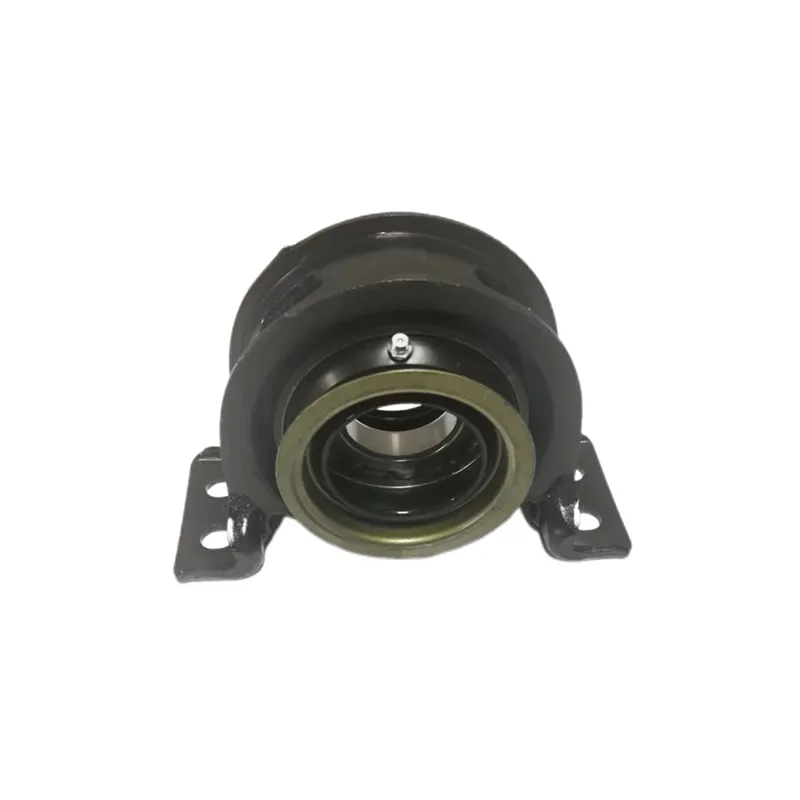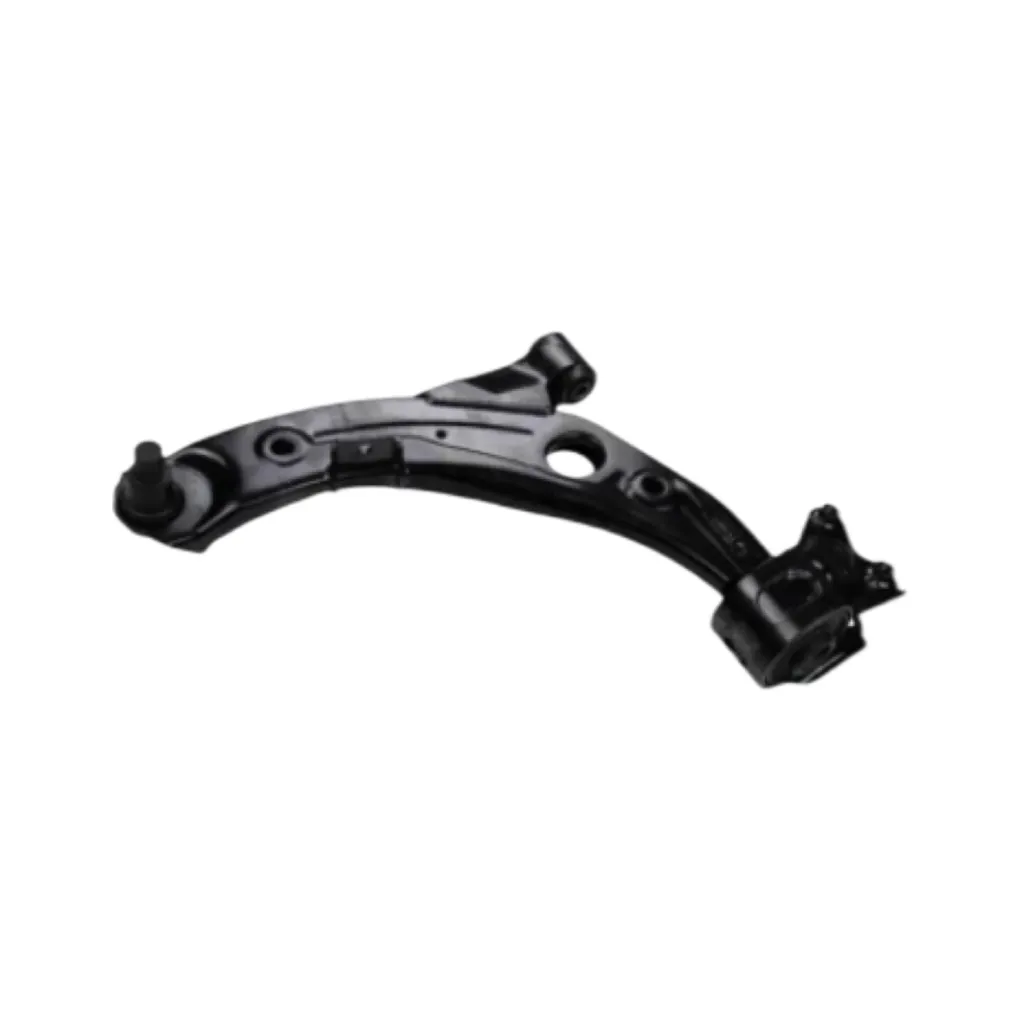
-
 Afrikaans
Afrikaans -
 Albanian
Albanian -
 Amharic
Amharic -
 Arabic
Arabic -
 Armenian
Armenian -
 Azerbaijani
Azerbaijani -
 Basque
Basque -
 Belarusian
Belarusian -
 Bengali
Bengali -
 Bosnian
Bosnian -
 Bulgarian
Bulgarian -
 Catalan
Catalan -
 Cebuano
Cebuano -
 Corsican
Corsican -
 Croatian
Croatian -
 Czech
Czech -
 Danish
Danish -
 Dutch
Dutch -
 English
English -
 Esperanto
Esperanto -
 Estonian
Estonian -
 Finnish
Finnish -
 French
French -
 Frisian
Frisian -
 Galician
Galician -
 Georgian
Georgian -
 German
German -
 Greek
Greek -
 Gujarati
Gujarati -
 Haitian Creole
Haitian Creole -
 hausa
hausa -
 hawaiian
hawaiian -
 Hebrew
Hebrew -
 Hindi
Hindi -
 Miao
Miao -
 Hungarian
Hungarian -
 Icelandic
Icelandic -
 igbo
igbo -
 Indonesian
Indonesian -
 irish
irish -
 Italian
Italian -
 Japanese
Japanese -
 Javanese
Javanese -
 Kannada
Kannada -
 kazakh
kazakh -
 Khmer
Khmer -
 Rwandese
Rwandese -
 Korean
Korean -
 Kurdish
Kurdish -
 Kyrgyz
Kyrgyz -
 Lao
Lao -
 Latin
Latin -
 Latvian
Latvian -
 Lithuanian
Lithuanian -
 Luxembourgish
Luxembourgish -
 Macedonian
Macedonian -
 Malgashi
Malgashi -
 Malay
Malay -
 Malayalam
Malayalam -
 Maltese
Maltese -
 Maori
Maori -
 Marathi
Marathi -
 Mongolian
Mongolian -
 Myanmar
Myanmar -
 Nepali
Nepali -
 Norwegian
Norwegian -
 Norwegian
Norwegian -
 Occitan
Occitan -
 Pashto
Pashto -
 Persian
Persian -
 Polish
Polish -
 Portuguese
Portuguese -
 Punjabi
Punjabi -
 Romanian
Romanian -
 Russian
Russian -
 Samoan
Samoan -
 Scottish Gaelic
Scottish Gaelic -
 Serbian
Serbian -
 Sesotho
Sesotho -
 Shona
Shona -
 Sindhi
Sindhi -
 Sinhala
Sinhala -
 Slovak
Slovak -
 Slovenian
Slovenian -
 Somali
Somali -
 Spanish
Spanish -
 Sundanese
Sundanese -
 Swahili
Swahili -
 Swedish
Swedish -
 Tagalog
Tagalog -
 Tajik
Tajik -
 Tamil
Tamil -
 Tatar
Tatar -
 Telugu
Telugu -
 Thai
Thai -
 Turkish
Turkish -
 Turkmen
Turkmen -
 Ukrainian
Ukrainian -
 Urdu
Urdu -
 Uighur
Uighur -
 Uzbek
Uzbek -
 Vietnamese
Vietnamese -
 Welsh
Welsh -
 Bantu
Bantu -
 Yiddish
Yiddish -
 Yoruba
Yoruba -
 Zulu
Zulu
Jan . 09, 2025 11:36
Back to list
control arm
Navigating the intricate world of automotive engineering requires a deep understanding of various components that contribute to vehicle stability and performance. Among these critical components are control arms, which play a pivotal role in ensuring precise steering and suspension movement. Control arms connect the vehicle’s suspension to the chassis and are integral in determining ride comfort and handling dynamics. Exploring different types of control arms reveals crucial insights into their functionality and applications, and elevates your knowledge to make informed product choices.
On the other end of the spectrum is the multi-link suspension system. Comprising three or more lateral arms and one or more longitudinal arms, multi-link designs offer unparalleled customization and agility. This configuration is often found in high-end and sports vehicles, providing unmatched performance in cornering and stability. Despite its sophisticated impact on ride quality, the cost of maintenance and intricate nature of repairs pose challenges that car enthusiasts must consider. Material choice significantly impacts the performance and longevity of control arms. Traditionally, steel has been the go-to owing to its strength. Modern engineering, however, has paved the way for aluminum control arms that are both lightweight and durable, optimizing the balance between fuel efficiency and performance. Furthermore, advancements in materials science have led to composite control arms, offering enhanced resistance to corrosion and wear while reducing vehicle weight further. When selecting control arm types, consider the vehicle’s primary usage. For everyday commuting, a standard single arm may suffice, offering reliability without breaking the bank. For those craving enhanced performance and precision, a multi-link system combined with advanced material technology might be the path forward. Ultimately, choosing the right control arm type transcends mere component selection; it involves aligning the vehicle’s capabilities with driving needs and understanding the technical intricacies that underlie modern automotive design. By delving into the landscape of control arms with a focus on experience, expertise, authoritativeness, and trustworthiness, one can confidently make informed decisions that elevate both vehicular performance and personal driving satisfaction.


On the other end of the spectrum is the multi-link suspension system. Comprising three or more lateral arms and one or more longitudinal arms, multi-link designs offer unparalleled customization and agility. This configuration is often found in high-end and sports vehicles, providing unmatched performance in cornering and stability. Despite its sophisticated impact on ride quality, the cost of maintenance and intricate nature of repairs pose challenges that car enthusiasts must consider. Material choice significantly impacts the performance and longevity of control arms. Traditionally, steel has been the go-to owing to its strength. Modern engineering, however, has paved the way for aluminum control arms that are both lightweight and durable, optimizing the balance between fuel efficiency and performance. Furthermore, advancements in materials science have led to composite control arms, offering enhanced resistance to corrosion and wear while reducing vehicle weight further. When selecting control arm types, consider the vehicle’s primary usage. For everyday commuting, a standard single arm may suffice, offering reliability without breaking the bank. For those craving enhanced performance and precision, a multi-link system combined with advanced material technology might be the path forward. Ultimately, choosing the right control arm type transcends mere component selection; it involves aligning the vehicle’s capabilities with driving needs and understanding the technical intricacies that underlie modern automotive design. By delving into the landscape of control arms with a focus on experience, expertise, authoritativeness, and trustworthiness, one can confidently make informed decisions that elevate both vehicular performance and personal driving satisfaction.
Next:
Latest news
Understanding the Broken Control Arm: Key Insights for Car Owners
NewsJun.20,2025
The Essential Guide to Control Arms for Cars
NewsJun.20,2025
Discover Quality Control Arms for Your Vehicle
NewsJun.20,2025
Control Arm: Enhance Your Vehicle's Performance with Quality Parts
NewsJun.20,2025
Billet Control Arms: Elevating Your Suspension System
NewsJun.20,2025
Bent Control Arm: Understanding the Importance and Cost Implications
NewsJun.20,2025
-

 English
English
 Afrikaans
Afrikaans
 Albanian
Albanian
 Amharic
Amharic
 Arabic
Arabic
 Armenian
Armenian
 Azerbaijani
Azerbaijani
 Basque
Basque
 Belarusian
Belarusian
 Bengali
Bengali
 Bosnian
Bosnian
 Bulgarian
Bulgarian
 Catalan
Catalan
 Cebuano
Cebuano
 Corsican
Corsican
 Croatian
Croatian
 Czech
Czech
 Danish
Danish
 Dutch
Dutch
 Esperanto
Esperanto
 Estonian
Estonian
 Finnish
Finnish
 French
French
 Frisian
Frisian
 Galician
Galician
 Georgian
Georgian
 German
German
 Greek
Greek
 Gujarati
Gujarati
 Haitian Creole
Haitian Creole
 Hausa
Hausa
 Hawaiian
Hawaiian
 Hebrew
Hebrew
 Hindi
Hindi
 Miao
Miao
 Hungarian
Hungarian
 Icelandic
Icelandic
 Igbo
Igbo
 Indonesian
Indonesian
 Irish
Irish
 Italian
Italian
 Japanese
Japanese
 Javanese
Javanese
 Kannada
Kannada
 Kazakh
Kazakh
 Khmer
Khmer
 Rwandese
Rwandese
 Korean
Korean
 Kurdish
Kurdish
 Kyrgyz
Kyrgyz
 Lao
Lao
 Latin
Latin
 Latvian
Latvian
 Lithuanian
Lithuanian
 Luxembourgish
Luxembourgish
 Macedonian
Macedonian
 Malgashi
Malgashi
 Malay
Malay
 Malayalam
Malayalam
 Maltese
Maltese
 Maori
Maori
 Marathi
Marathi
 Mongolian
Mongolian
 Myanmar
Myanmar
 Nepali
Nepali
 Norwegian
Norwegian
 Norwegian
Norwegian
 Occitan
Occitan
 Pashto
Pashto
 Persian
Persian
 Polish
Polish
 Portuguese
Portuguese
 Punjabi
Punjabi
 Romanian
Romanian
 Russian
Russian
 Samoan
Samoan
 Scottish Gaelic
Scottish Gaelic
 Serbian
Serbian
 Sesotho
Sesotho
 Shona
Shona
 Sindhi
Sindhi
 Sinhala
Sinhala
 Slovak
Slovak
 Slovenian
Slovenian
 Somali
Somali
 Spanish
Spanish
 Sundanese
Sundanese
 Swahili
Swahili
 Swedish
Swedish
 Tagalog
Tagalog
 Tajik
Tajik
 Tamil
Tamil
 Tatar
Tatar
 Telugu
Telugu
 Thai
Thai
 Turkish
Turkish
 Turkmen
Turkmen
 Ukrainian
Ukrainian
 Urdu
Urdu
 Uighur
Uighur
 Uzbek
Uzbek
 Vietnamese
Vietnamese
 Welsh
Welsh
 Bantu
Bantu
 Yiddish
Yiddish
 Yoruba
Yoruba
 Zulu
Zulu






